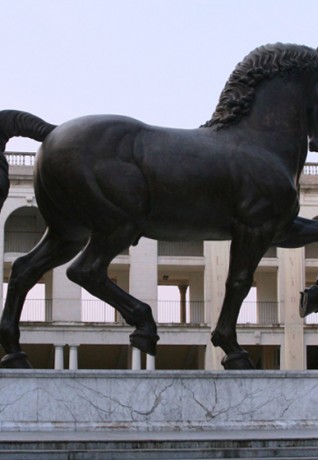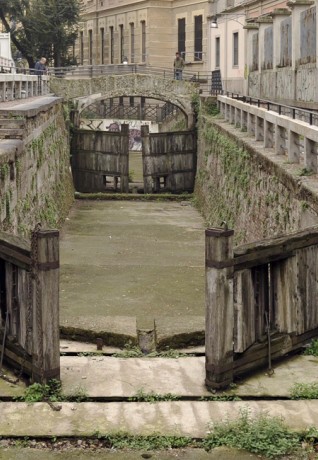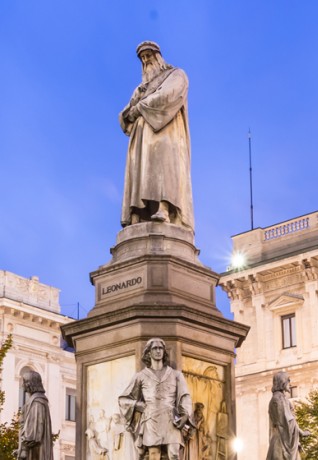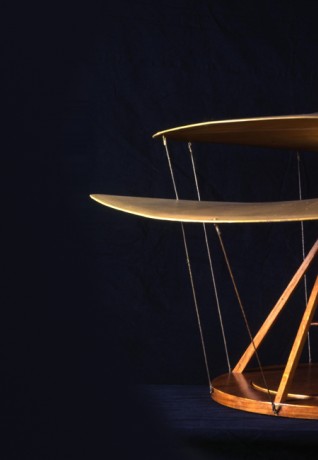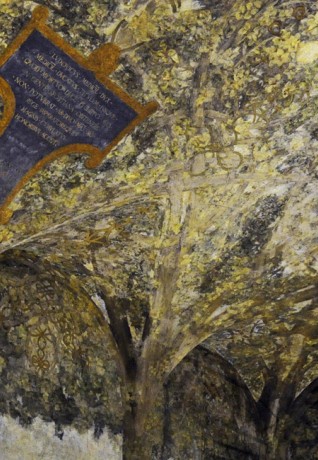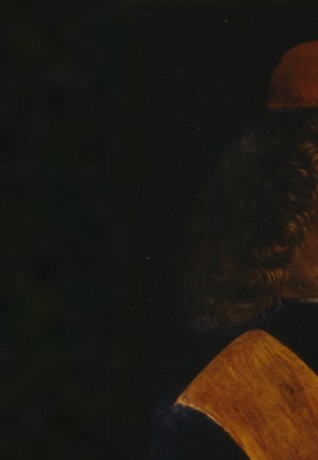Immortal fragility
Last Supper – Santa Maria delle Grazie
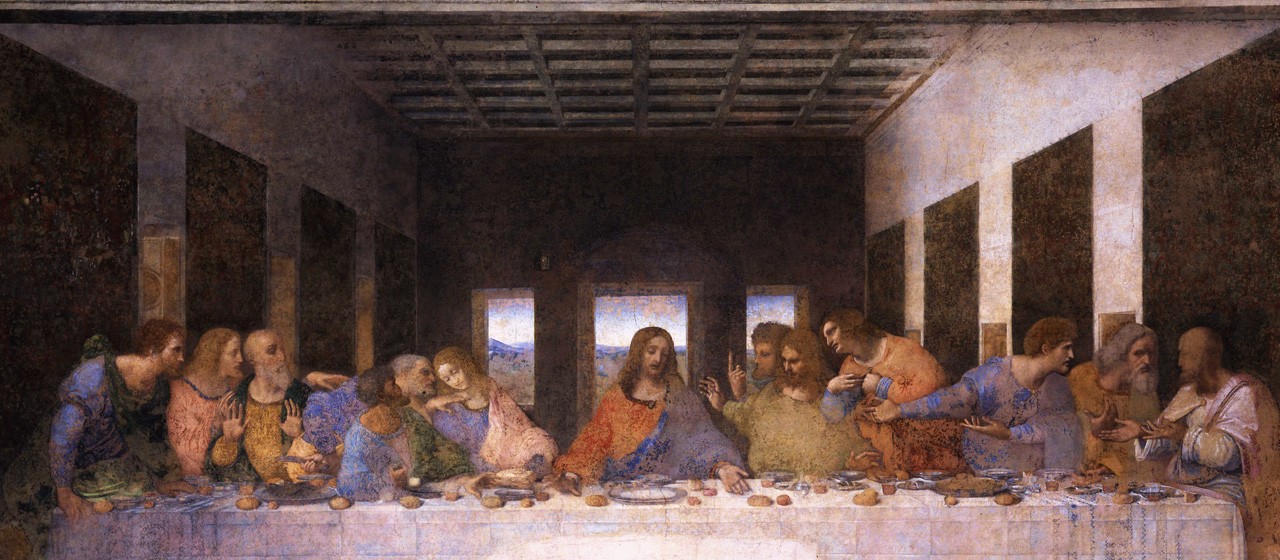
“The sculptor ... covered with marble must look like a baker ... but the exact opposite happens to a painter, because at great ease he sits before his work, dressed in his best, and moves his brush every so slightly with vague colours and decked in fine cloth as he fancies”
Four years are really too long to paint a mural! The Duke is in a hurry: he has the most talented man in his court to paint the Last Supper on the refectory walls in the convent to the side of Santa Maria delle Grazie. This basilica has seen many extraordinary talents in the city: the architect Donato Bramante, who redesigned the cupola to fit the image of majestic Renaissance-era harmony, updated to the current style. And what does Leonardo do? He climbs up onto a scaffold to apply a few brush strokes on the expression of a face, a detail to a hand, and then he pauses to think - and leaves.
The chroniclers of the times say that Leonardo was precise, slow, and able to enrage both the prior of the convent as well as his own patron. They describe him as one morning he was leaving the Corte Vecchia, located where the Palazzo Reale now stands. He would add only two brush strokes to his painting that day. Instead of using a fresco technique, he opted for a secret mixture that employed tempera enhanced with egg yolk and other organic materials, to which he also added oil. It was ideal for paintings made of brilliant velature, and especially for his perfectionistic corrections, but it was not the best solution to preserve the work from humidity and the passing of time.
Leonardo decided to paint a moment of pathos, the one when Jesus, in the Upper Room with the Apostles before Easter, reveals: “Verily, verily I say unto you, one of you will betray me”. It is the snapshot of a drama: each disciple reacts differently, they interact with one another with the most diverse expressions of the human soul - from stupor to doubt to anger to sweet abandon.
On the refectory wall, the apostles’ feelings seem to converge with Leonardo's passion. There is painting itself, which in his numerous writings, he defines sometimes as a god and other times as a science with coded laws, to be perfected with experience. He has his grand theatre events, and the Sforza court admires him for them. This new painting is like a monumental theatrical production with a bold background perspective while, on centre stage, the point that attracts the observer's gaze is Jesus Christ himself. Most of all, he has passion for every aspect of the human being, a variety of anatomical faces that reveal to us, centuries later, the origins of what we now call psychology.
Leonardo painted men of his own time. Those faces were studied during his years of experience in Milano, and the city's inhabitants come back to life through those images of hands, glances and skin tones. Tableware, fingers visible through drinking glasses and the embroidery work on the tablecloth show us what a banquet looked like during the Renaissance. In the lunettes over the painting, the coats-of-arms and natural symbols herald the House of Sforza. In the shadow of the great figures of the apostles, generations of monks have shared the same frugal meal in this refectory, as if they were part of the same setting - both realistic and religious in nature.
Four years of work, preceded by years of study and, after that, immortality: of all of the works that Leonardo painted in Milano - from the Virgin of the Rocks to the beautiful paintings of ladies - the winner is the most fragile of his masterpieces. Countless interventions and restorations have been made over the centuries to the impalpable veil of colour to restore vigour to the sentiments represented. However, many more were the artists inspired by the originality of the Cenacolo Vinciano who went on to reproduce it in their own incisions, carvings, paintings and tapestries.
The work continues to exist. It was unscathed after Napoleon Bonaparte's troops camped in the refectory, and it survived the bombs of World War II, ready to multiply within contemporary creative arts, so thoroughly linked to the city and its times. It is truly a universal masterpiece.

 Log in
Log in
